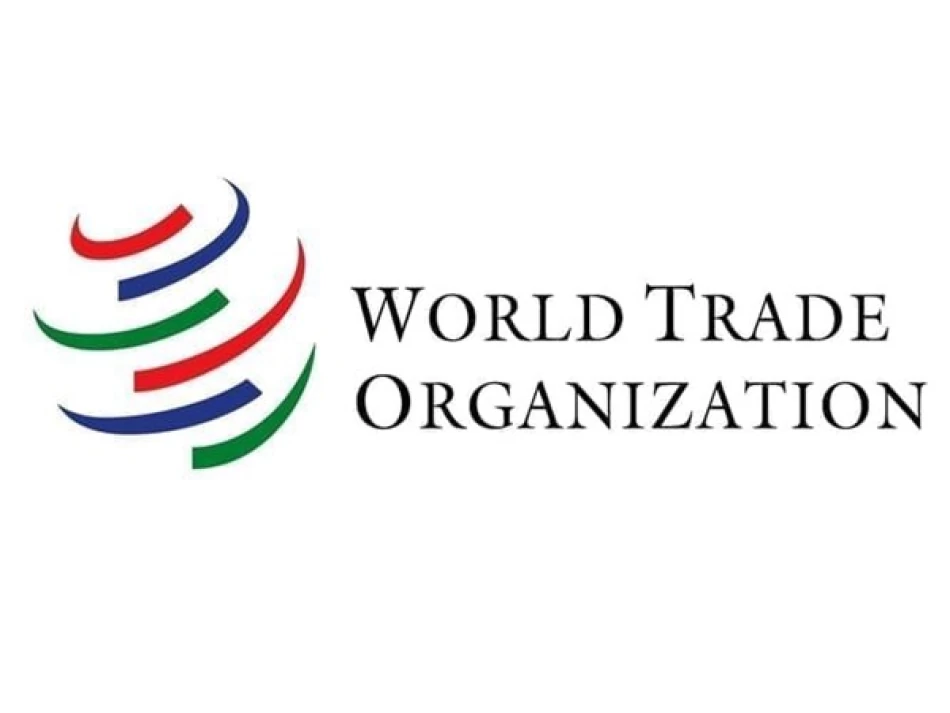
AI to Boost Global Trade Value by 40% by 2040: Transforming the Future of Commerce
WTO Chief Predicts AI Will Boost Global Trade by 40% Despite Rising Protectionist Barriers
World Trade Organization Director-General Ngozi Okonjo-Iweala declared that artificial intelligence could increase global trade in goods and services by 40% by 2040, even as countries impose an unprecedented wave of AI-related trade restrictions. Speaking at the WTO's Public Forum in Geneva, she warned that without coordinated policy action, the transformative benefits of AI risk being captured primarily by wealthy nations, deepening global inequality.
The AI Trade Revolution: Massive Growth Potential
The WTO's newly released World Trade Report 2025 reveals striking projections for AI's economic impact. Global GDP could rise by 12-13% under various scenarios, driven primarily by productivity gains and cost reductions across industries. This represents one of the most optimistic forecasts for technology-driven trade expansion since the internet revolution of the 1990s.
The 40% trade increase projection stems from AI's ability to streamline supply chains, reduce transaction costs, and create entirely new categories of tradeable services. Unlike previous technological shifts that primarily benefited manufacturing or specific sectors, AI's cross-industry applications suggest a more comprehensive transformation of global commerce.
Learning from Past Tech Cycles
This AI trade surge mirrors historical patterns seen during major technological transitions. The internet boom of the late 1990s similarly promised to revolutionize global commerce, ultimately delivering on many predictions despite initial volatility. However, the current AI wave differs significantly in its speed and scope, potentially compressing decades of gradual change into a single generation.
The Protectionist Paradox: 500 Restrictions and Counting
Despite AI's promise, Okonjo-Iweala highlighted a troubling trend: AI-related trade restrictions have quadrupled since 2012, reaching approximately 500 measures in 2024 compared to just 130 twelve years ago. Wealthy and upper-middle-income countries account for the vast majority of these barriers, suggesting a strategic effort to maintain technological advantages.
This protectionist surge represents the "worst disruptions to the global trading system in 80 years," according to the WTO report. The restrictions range from export controls on AI chips and software to data localization requirements that fragment global AI development.
Echoes of Past Trade Wars
The current wave of AI restrictions resembles the semiconductor export controls of the 1980s, when the United States restricted technology transfers to maintain competitive advantages. However, today's AI ecosystem is far more interconnected, making unilateral restrictions potentially more disruptive to global innovation chains.
The Digital Divide Deepens
Okonjo-Iweala emphasized that AI's benefits risk being unevenly distributed without coordinated action to bridge digital infrastructure gaps. Low and middle-income countries face significant barriers to AI adoption, including limited broadband access, insufficient computing power, and regulatory frameworks unprepared for AI integration.
This digital divide could create a new form of economic stratification, where AI-enabled economies pull further ahead while others remain locked in traditional production models. The concern is particularly acute given that many developing nations are still recovering from pandemic-related economic disruptions.
Labor Market Transformation: Challenge and Opportunity
The WTO chief acknowledged that AI will fundamentally reshape employment, "changing some jobs and replacing others." This transformation demands significant investment in education, skills development, retraining programs, and social protection systems.
Unlike previous automation waves that primarily affected manufacturing, AI's impact spans white-collar professions, potentially displacing knowledge workers while creating new categories of human-AI collaborative roles. Countries that proactively invest in workforce adaptation are likely to capture more of AI's economic benefits.
Market and Policy Implications
For investors and policymakers, the WTO's projections suggest several key considerations. First, the 40% trade growth projection indicates substantial opportunities in AI-enabled logistics, cross-border services, and digital infrastructure. Second, the rising tide of trade restrictions suggests increased volatility in AI-related investments, particularly for companies operating across multiple jurisdictions.
Governments face a delicate balance between protecting national interests and maintaining the open trading system that enables AI innovation. The countries that successfully navigate this balance—potentially following models established by Singapore's AI governance framework or the EU's AI Act—may emerge as the primary beneficiaries of the AI trade boom.
The Path Forward
Okonjo-Iweala's message is clear: AI represents both the greatest opportunity and the greatest challenge facing global trade in decades. The technology's potential to boost trade by 40% is real, but realizing this potential requires coordinated international action to prevent a fragmented, inequality-driven outcome.
The next few years will likely determine whether AI becomes a force for inclusive global growth or deepens existing economic divisions. With 500 trade restrictions already in place and growing, the window for establishing cooperative frameworks may be narrowing rapidly.
Most Viewed News

 Layla Al Mansoori
Layla Al Mansoori






